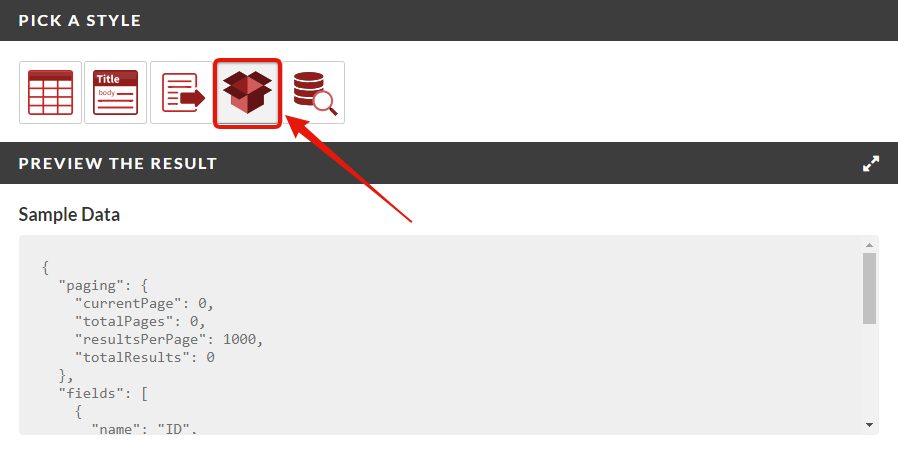Make custom datasets available for seamless consumption by third-party systems
This article applies to Pro, Team, and Legacy editions.
Data Packages are reports that make custom datasets available for seamless consumption by third-party systems. These custom sets, containing any arrangement of data held within your Centercode instance, are built into the Reporting interface and act as mini-databases for your external system to pull.
Note that while Centercode’s integration features are intended to be approachable by a Customer Validation Professional, you might need to enlist help from an internal technical resource and refer to our vocabulary and troubleshooting documentation .
Common use cases for Data Packages
- Programmatically pull current Centercode-captured data into dedicated Business Intelligence systems like Tableau, Domo, MS Power BI, Excel, etc.
- Leverage Centercode data within company-standard analytics tools
- Compare project activity metrics over time within dedicated data visualization and analysis tools
Prerequisite criteria
- Enhanced Integrations enabled
- Community-level API Key (click here)
- Community or Project Manager access

Creating your Data Package within Centercode
Data Packages are located within Reporting and are available in the Style section after your data is selected. With Data Packages, you’re essentially building a custom dataset or mini-database via reporting.
From Community or Project Reporting:
- Click Create a Report Element
- Select your desired Datasource from Feedback Elements or User Elements (Macro Report / Complete Report options do not support Data Packages)
- Select your Data, adding any relevant fields via the Add to View button
- (optional) Add a Filter to narrow the results to specific criteria
- Select the Data Packages report style
- (optional) Set a simple Key to identify this report (e.g. survey data export)
- (optional) Add Notes, and/or Usage Instructions
- Select a Return Format (JSON or CSV)
- Select the appropriate Community API Key
- Copy / Save the API Endpoint URL to be used by your external system
- Save this report element to an existing or new report to make the Data Package available via integrations
You’ve just created your Data Package!
Notes
- Your Key can be a short, descriptive entry to separate this integration from other functions that use the same Community API key for easier use
- The Notes and Usage Instructions fields allow you to provide any guidance to those who need to make use of the Data Packages created.
- API reports like Data Packages and Record Lookups are only available for use after they’ve been saved. They’ll appear in a special “API Reports” section in your Reports interface.
- Once your Data Package has been created, the system has designated it as an API Report. You'll be unable to change the report to or from reporting styles.
- Complete Reports / Macro Reports do not support the Data Package style.
- Modifying existing reports will not have the Data Package style.
-
Deactivating or archiving a Project disables all automation reporting including the Data Package outputs/API reports.
- Any API endpoints are disabled in a deactivated/archived Project as we disable Macros and Report processing/automation.
